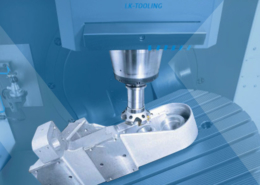
Exploring Recycled Plastic Moulding: A Sustainable Solution
Author:gly Date: 2024-06-08
In today's world, where environmental sustainability is of paramount importance, recycled plastic moulding emerges as a compelling solution to mitigate the environmental impact of plastic waste. As the global demand for plastic products continues to rise, so does the urgency to find innovative ways to manage plastic waste and reduce our dependence on virgin plastics. In this article, we will delve into the realm of recycled plastic moulding, exploring its processes, benefits, challenges, and applications. By understanding the intricacies of this sustainable manufacturing technique, we can pave the way for a greener and more sustainable future.
Understanding Recycled Plastic Moulding
The Basics of Recycled Plastic Moulding
Recycled plastic moulding involves the use of recycled plastic materials, obtained from post-consumer or post-industrial sources, to manufacture new plastic products. This process typically includes sorting, cleaning, shredding, melting, and moulding the recycled plastic into desired shapes using various moulding techniques.
Environmental Benefits
One of the primary advantages of recycled plastic moulding is its significant environmental benefits. By diverting plastic waste from landfills and incinerators, recycled plastic moulding helps reduce pollution, conserve natural resources, and mitigate the greenhouse gas emissions associated with the production of virgin plastics.
Technical Considerations
While recycled plastic moulding offers numerous environmental benefits, it also presents certain technical challenges. Variability in the composition and quality of recycled plastics, as well as potential contaminants, can affect the performance and properties of moulded products. Therefore, careful selection of recycled materials and process optimization are essential to ensure consistent product quality.
Recycled Plastic Moulding Techniques
Injection Moulding
Injection moulding is one of the most common techniques used in recycled plastic moulding. This process involves injecting molten recycled plastic material into a mould cavity under high pressure, where it solidifies to form the desired product. Injection moulding offers versatility, precision, and efficiency in producing a wide range of plastic parts and products.
Extrusion Moulding
Extrusion moulding is another popular technique for processing recycled plastic materials. In this process, recycled plastic pellets are melted and extruded through a die to create continuous profiles or shapes. Extrusion moulding is commonly used in the production of plastic films, sheets, pipes, and profiles for various applications.
Blow Moulding
Blow moulding is particularly well-suited for producing hollow plastic products, such as bottles, containers, and automotive components. In this process, molten recycled plastic is extruded into a hollow tube, which is then inflated to conform to the shape of a mould cavity. Blow moulding offers high production efficiency and design flexibility for a wide range of applications.
Applications of Recycled Plastic Moulding
Packaging
Recycled plastic moulding finds extensive applications in the packaging industry, where it is used to manufacture containers, bottles, trays, and other packaging materials. By utilizing recycled plastics, companies can reduce their environmental footprint and meet consumer demands for sustainable packaging solutions.
Building and Construction
In the building and construction sector, recycled plastic moulding is employed to produce a variety of products, including building materials, such as composite lumber, decking, and fencing, as well as interior and exterior components, such as window frames, doors, and siding. These products offer durability, weather resistance, and low maintenance requirements, making them an attractive choice for sustainable construction projects.
Automotive
Automotive manufacturers utilize recycled plastic moulding to produce interior and exterior components, such as bumpers, dashboards, door panels, and trim. By incorporating recycled plastics into their vehicles, automakers can reduce weight, improve fuel efficiency, and enhance the sustainability of their products.
Conclusion
In conclusion, recycled plastic moulding represents a promising avenue for addressing the environmental challenges posed by plastic waste while meeting the growing demand for plastic products. By leveraging innovative moulding techniques and sustainable materials, manufacturers can create high-quality products that benefit both the economy and the environment. However, continued research and development are essential to overcome technical challenges, improve process efficiency, and expand the applications of recycled plastic moulding. By embracing recycled plastic moulding as a viable solution, we can move towards a more sustainable future where waste is minimized, resources are conserved, and plastic pollution is mitigated.
GETTING A QUOTE WITH LK-MOULD IS FREE AND SIMPLE.
FIND MORE OF OUR SERVICES:

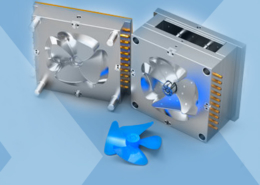
Plastic Molding
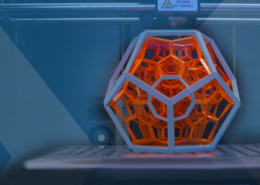
Rapid Prototyping
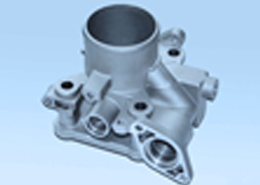
Pressure Die Casting
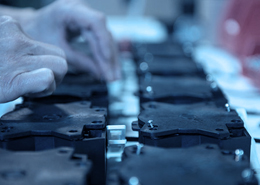
Parts Assembly
